Culling is a practical solution to “problem livestock” because they are typically butchered and eventually eaten anyway. Committing time and resources to rehabilitating injured or imperfect livestock that costs pennies to replace does not make good economic sense in large poultry operations. Economics and practicality tend not to dictate pet chicken care, however. Pet chickens can be rehabilitated when they are injured, can live happy, high-quality lives with certain genetic imperfections and can be wonderful companion animals with the dedication and love of their caretakers.
There are five commonly cited reasons for culling chickens that are not necessarily a death sentence for pet chickens: spraddle leg, scissor beak, egg-binding, prolapsed vent and egg-eating. I have had chickens with four out of these five conditions and all of those chickens continue to thrive in my flock. With that said, there are times when any given condition may be so severe as to warrant consideration of euthanasia as the only kind choice. That is a decision that only the pet’s caregiver can make.
1.Spraddle Leg/Splayed Leg
Spraddle leg, also known as “splay leg,” is a deformity of the legs characterized by feet pointing to the side instead of forward, making walking difficult, if not impossible. If uncorrected, it can be permanent and a chick can die from the inability to reach food and water without assistance.
A chick can learn to push up, stand and walk correctly within less than a week, often much sooner if treated promptly. The legs must be restricted, braced or “hobbled,” to provide stability and allow the chick’s bones and muscles to grow and strengthen in the correct position. More on causes, prevention and treatment of spraddle leg and curled toes can be found on my blog here.
2. Scissor Beak/Cross Beak
Scissor beak aka: crossed beak is a condition in which the top and bottom beaks do not align properly. It can be caused by genetics or the bird’s inability to maintain the beak’s length and shape by normal honing on rocks or other hard surfaces. Most of these chicks adapt and thrive. However, there are some chicks in which the defect is too severe for them to eat or drink independently, and without assistance they will not survive. Because crossed beaked chickens cannot pick up pieces of food using both halves of their beaks as a utensil, they adapt by scooping food into the bottom half of their beaks. More about scissor beak and accommodations that can be made for pet chickens with this condition can be found on here.
3. Egg-binding
Egg binding (hypocalcaemia) is a serious condition in which an egg gets stuck inside the hen just before release. This condition can be life-threatening when it occurs and a vet should be seen for treatment, if possible. If a visit to the vet isn’t an option, at-home measures can be taken, but they are not without risk. This condition can recur and can result in prolapsed vent (see below). More about egg-binding causes, prevention and treatment can be found here.
4. Prolapsed Vent/Prolapse Vent/Blow-out/Pick-out
Prolapse vent, also known as prolapsed oviduct, blow-out, cloacal prolapse or pickout, “is a condition in which the lower part of a hen’s oviduct turns inside out and protrudes through the vent.”1 Prolapse is a very serious condition that is treatable if caught early. It is a condition that is likely to recur. The biggest danger to a chicken with prolapse is other chickens picking at the exposed tissue. Repeated picking can result in the chicken’s oviduct and/or intestines being pulled out and eventual death from cannibalism.2
More details about prolapsed vent causes, prevention and treatment can be found on my blog here.
5. Egg-Eating
It may come as a surprise to learn that chickens will eat eggs out of the nest boxes, but who can blame them? They’re fresh, tasty and nutritious. However, egg-eating is a habit that should be discouraged as soon as possible after discovery. Not only does it reduce the number of eggs available for collection, it is also a habit that is quickly learned by other flock members. While it’s a difficult habit to break, it isn’t impossible to overcome with some easily implemented strategies. Egg eating is discussed more fully on in this article on my blog.
1 Damerow, Gail (1994). The Chicken Health Handbook. page 53: Storey Publishing.
2 Anatomical illustrations and photo reproduced for educational purposes, courtesy of Jacquie Jacob, Tony Pescatore and Austin Cantor, University of Kentucky College of Agriculture. Copyright 2011. Educational programs of Kentucky Cooperative Extension serve all people regardless of race, color, age, sex, religion, disability, or national origin. Issued in furtherance of Cooperative Extension work, Acts of May 8 and June 30, 1914, in cooperation with the U.S. Department of Agriculture, M. Scott Smith, Director, Land Grant Programs, University of Kentucky College of Agriculture, Lexington,and Kentucky State University, Frankfort. Copyright 2011 for materials developed by University of Kentucky Cooperative Extension. This publication may be reproduced in portions or its entirety for educational and nonprofit purposes only. Permitted users shall give credit to the author(s) and include this copyright notice. Publications are also available on the World Wide Web at www.ca.uky.edu. Issued 02-2011
Kathy Shea Mormino
Affectionately known internationally as The Chicken Chick®, Kathy Shea Mormino shares a fun-loving, informative style to raising backyard chickens. …Read on


shop my SPONSORS
Culling is a practical solution to “problem livestock” because they are typically butchered and eventually eaten anyway. Committing time and resources to rehabilitating injured or imperfect livestock that costs pennies to replace does not make good economic sense in large poultry operations. Economics and practicality tend not to dictate pet chicken care, however. Pet chickens can be rehabilitated when they are injured, can live happy, high-quality lives with certain genetic imperfections and can be wonderful companion animals with the dedication and love of their caretakers.
There are five commonly cited reasons for culling chickens that are not necessarily a death sentence for pet chickens: spraddle leg, scissor beak, egg-binding, prolapsed vent and egg-eating. I have had chickens with four out of these five conditions and all of those chickens continue to thrive in my flock. With that said, there are times when any given condition may be so severe as to warrant consideration of euthanasia as the only kind choice. That is a decision that only the pet’s caregiver can make.
1.Spraddle Leg/Splayed Leg
Spraddle leg, also known as “splay leg,” is a deformity of the legs characterized by feet pointing to the side instead of forward, making walking difficult, if not impossible. If uncorrected, it can be permanent and a chick can die from the inability to reach food and water without assistance.
A chick can learn to push up, stand and walk correctly within less than a week, often much sooner if treated promptly. The legs must be restricted, braced or “hobbled,” to provide stability and allow the chick’s bones and muscles to grow and strengthen in the correct position. More on causes, prevention and treatment of spraddle leg and curled toes can be found on my blog here.
2. Scissor Beak/Cross Beak
Scissor beak aka: crossed beak is a condition in which the top and bottom beaks do not align properly. It can be caused by genetics or the bird’s inability to maintain the beak’s length and shape by normal honing on rocks or other hard surfaces. Most of these chicks adapt and thrive. However, there are some chicks in which the defect is too severe for them to eat or drink independently, and without assistance they will not survive. Because crossed beaked chickens cannot pick up pieces of food using both halves of their beaks as a utensil, they adapt by scooping food into the bottom half of their beaks. More about scissor beak and accommodations that can be made for pet chickens with this condition can be found on here.
3. Egg-binding
Egg binding (hypocalcaemia) is a serious condition in which an egg gets stuck inside the hen just before release. This condition can be life-threatening when it occurs and a vet should be seen for treatment, if possible. If a visit to the vet isn’t an option, at-home measures can be taken, but they are not without risk. This condition can recur and can result in prolapsed vent (see below). More about egg-binding causes, prevention and treatment can be found here.
4. Prolapsed Vent/Prolapse Vent/Blow-out/Pick-out
Prolapse vent, also known as prolapsed oviduct, blow-out, cloacal prolapse or pickout, “is a condition in which the lower part of a hen’s oviduct turns inside out and protrudes through the vent.”1 Prolapse is a very serious condition that is treatable if caught early. It is a condition that is likely to recur. The biggest danger to a chicken with prolapse is other chickens picking at the exposed tissue. Repeated picking can result in the chicken’s oviduct and/or intestines being pulled out and eventual death from cannibalism.2
More details about prolapsed vent causes, prevention and treatment can be found on my blog here.
5. Egg-Eating
It may come as a surprise to learn that chickens will eat eggs out of the nest boxes, but who can blame them? They’re fresh, tasty and nutritious. However, egg-eating is a habit that should be discouraged as soon as possible after discovery. Not only does it reduce the number of eggs available for collection, it is also a habit that is quickly learned by other flock members. While it’s a difficult habit to break, it isn’t impossible to overcome with some easily implemented strategies. Egg eating is discussed more fully on in this article on my blog.
1 Damerow, Gail (1994). The Chicken Health Handbook. page 53: Storey Publishing.
2 Anatomical illustrations and photo reproduced for educational purposes, courtesy of Jacquie Jacob, Tony Pescatore and Austin Cantor, University of Kentucky College of Agriculture. Copyright 2011. Educational programs of Kentucky Cooperative Extension serve all people regardless of race, color, age, sex, religion, disability, or national origin. Issued in furtherance of Cooperative Extension work, Acts of May 8 and June 30, 1914, in cooperation with the U.S. Department of Agriculture, M. Scott Smith, Director, Land Grant Programs, University of Kentucky College of Agriculture, Lexington,and Kentucky State University, Frankfort. Copyright 2011 for materials developed by University of Kentucky Cooperative Extension. This publication may be reproduced in portions or its entirety for educational and nonprofit purposes only. Permitted users shall give credit to the author(s) and include this copyright notice. Publications are also available on the World Wide Web at www.ca.uky.edu. Issued 02-2011



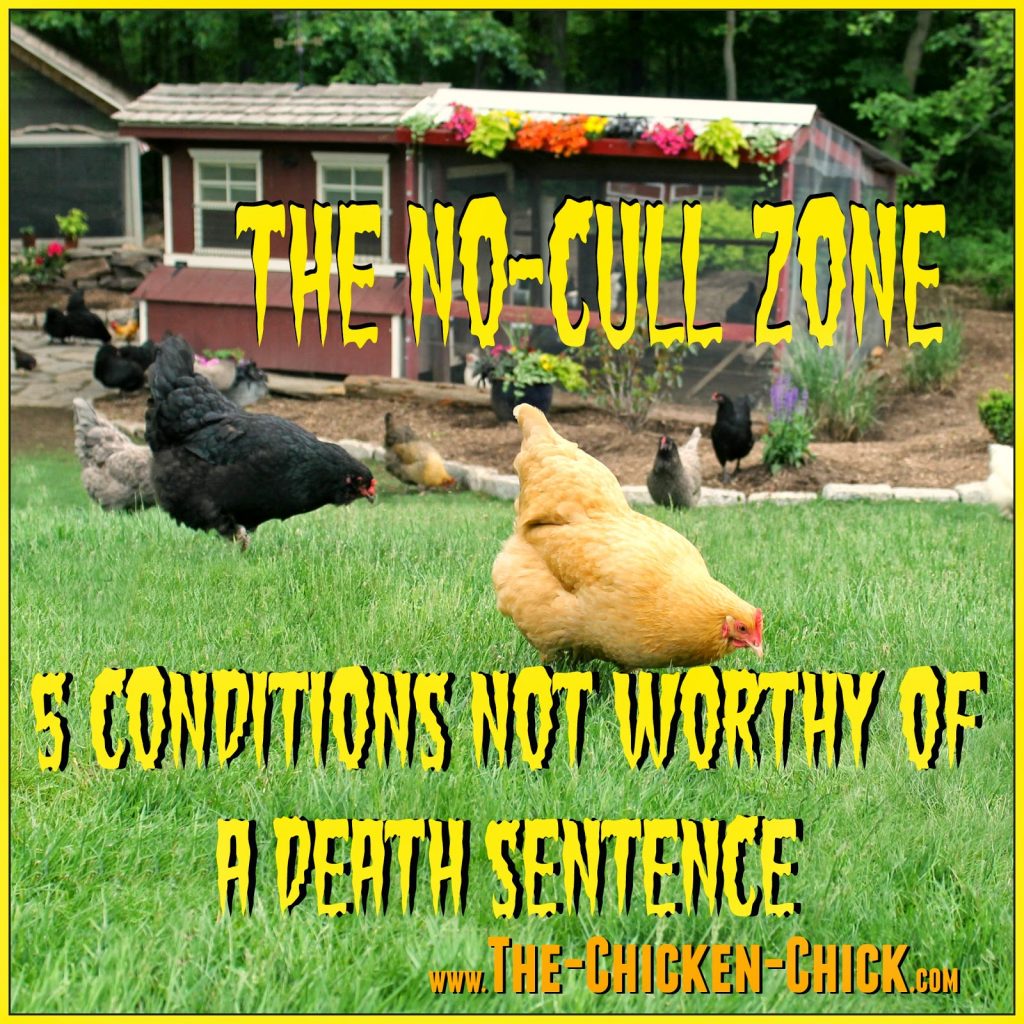

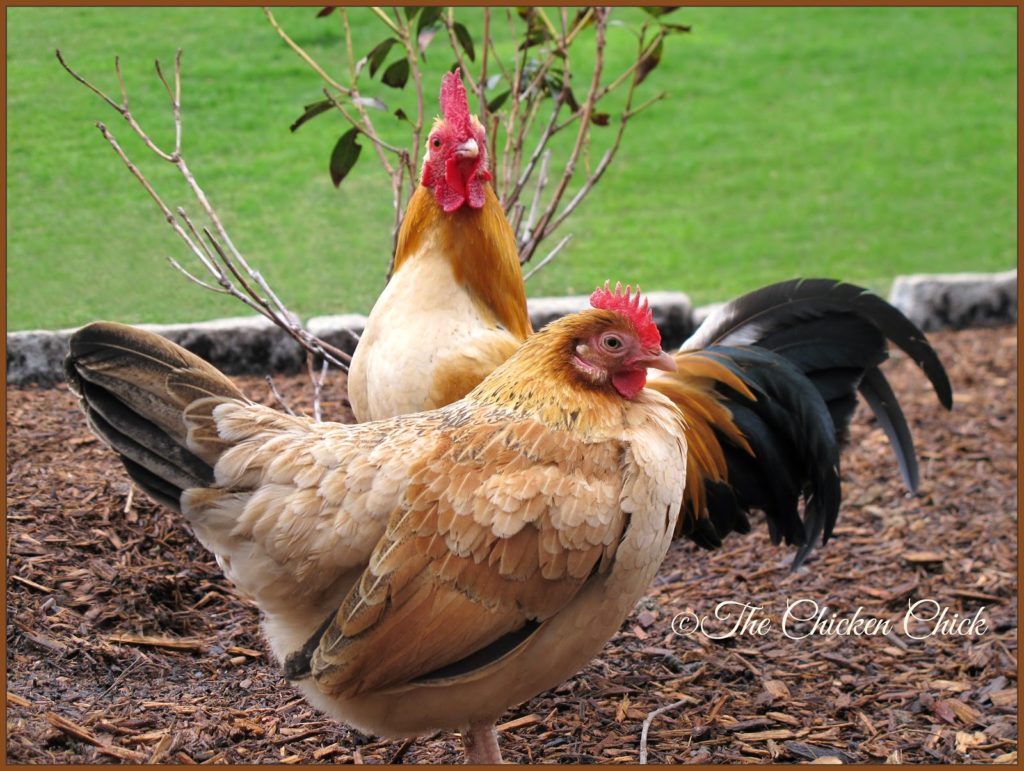
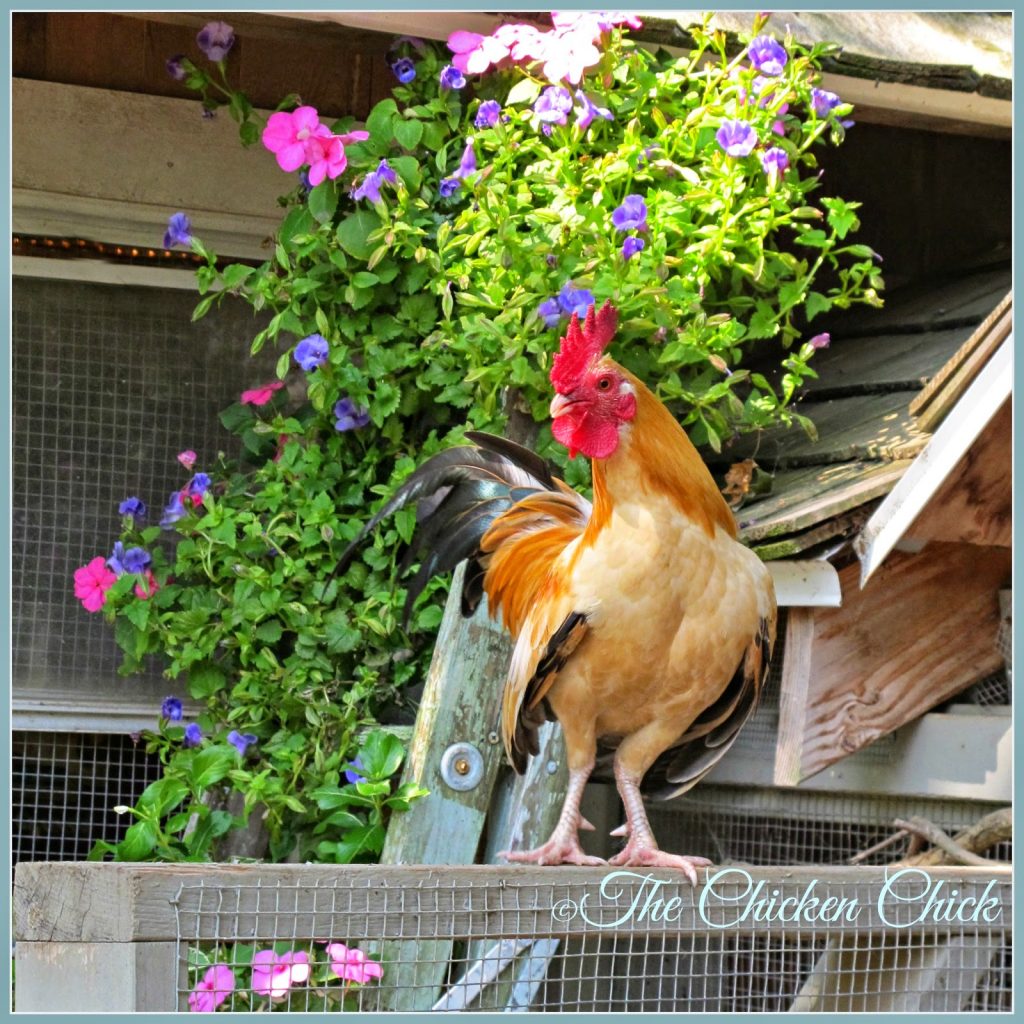
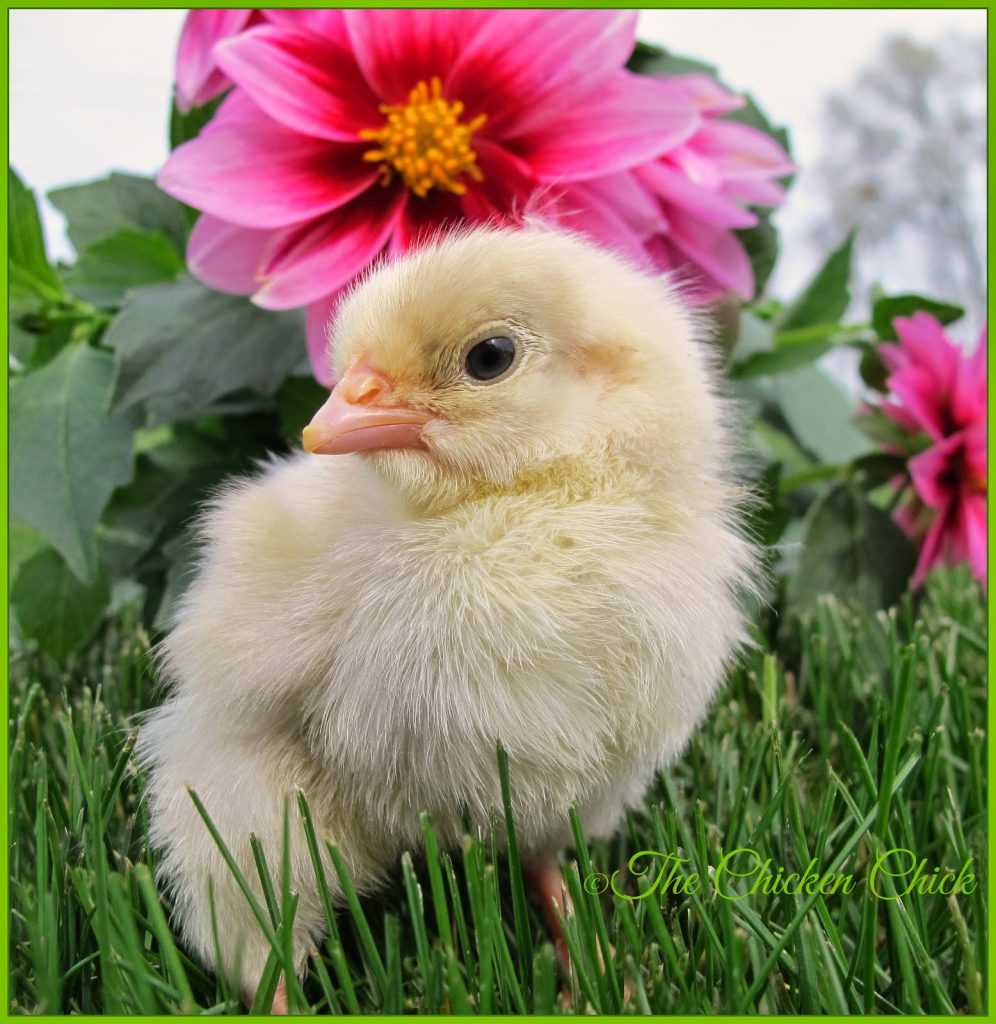
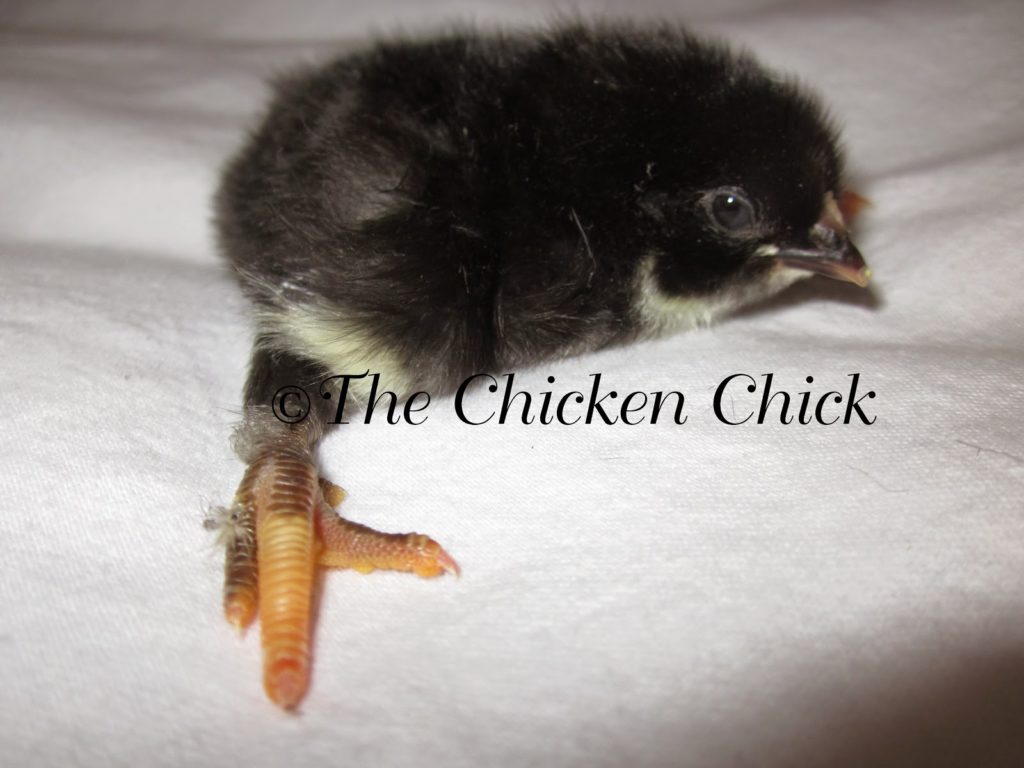
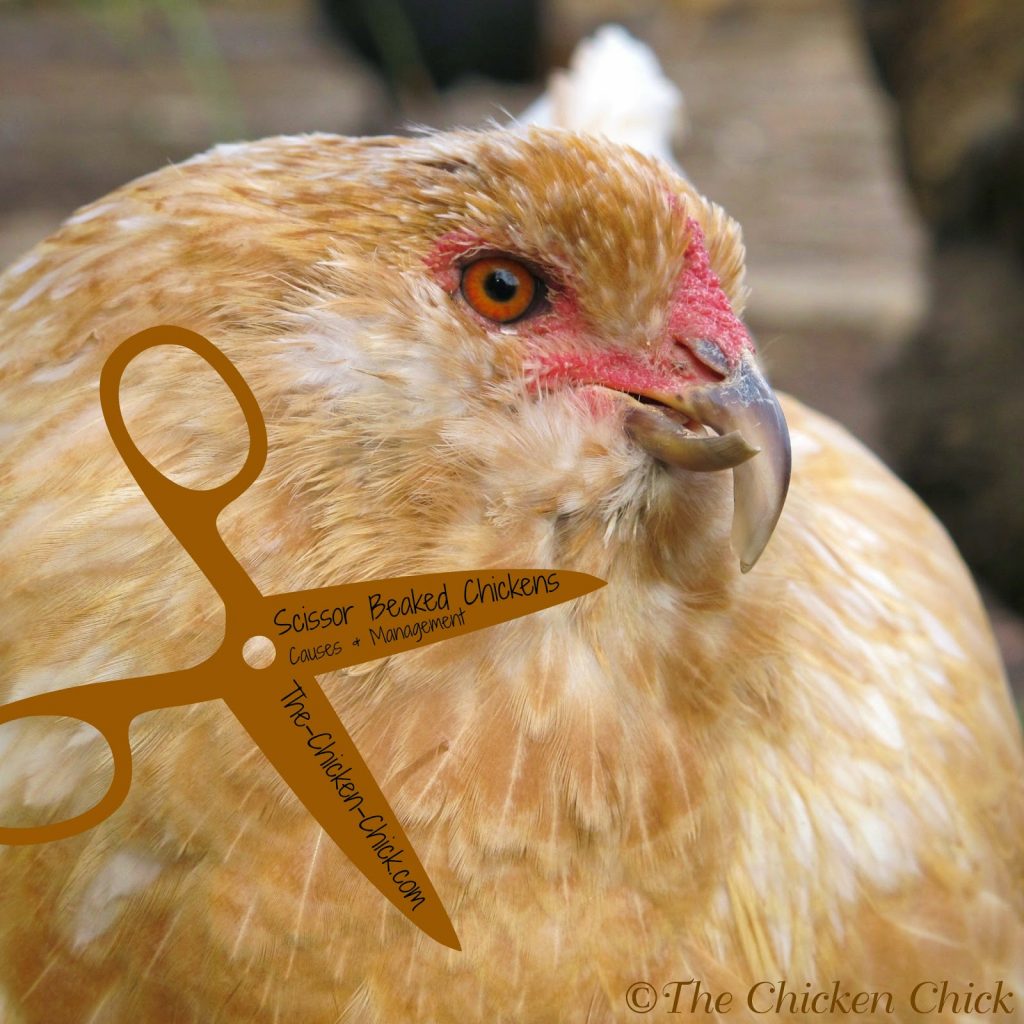
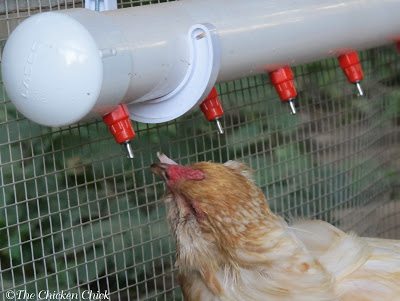
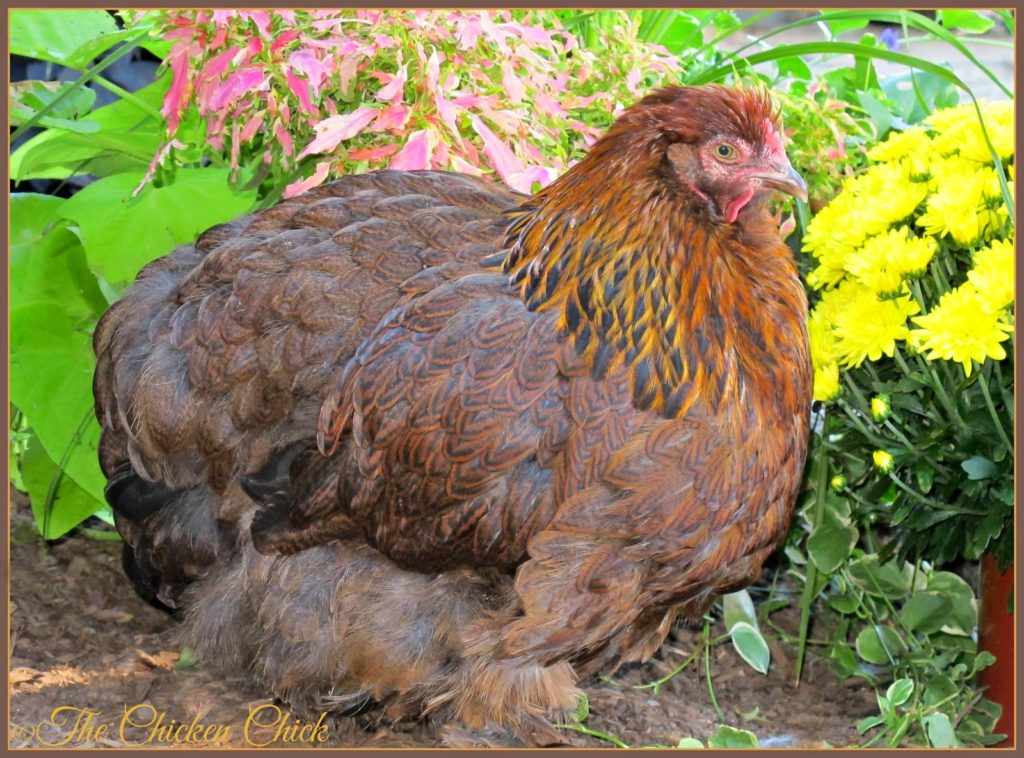
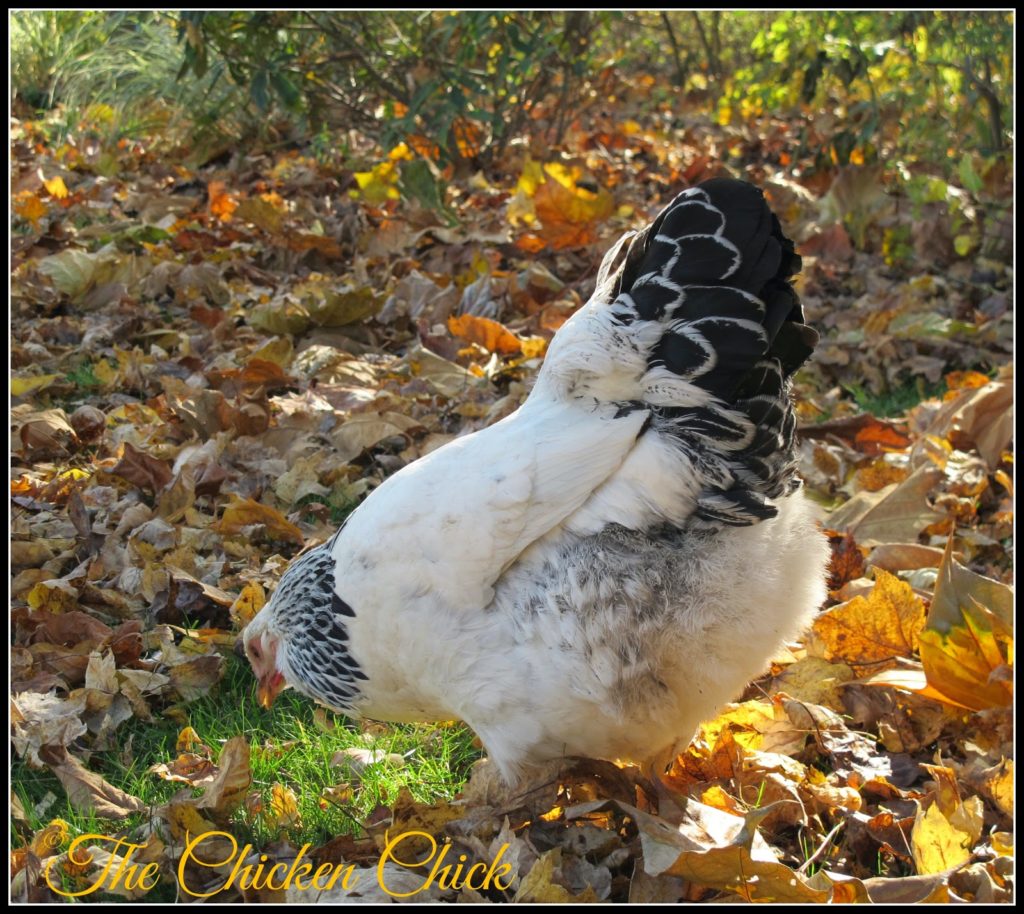
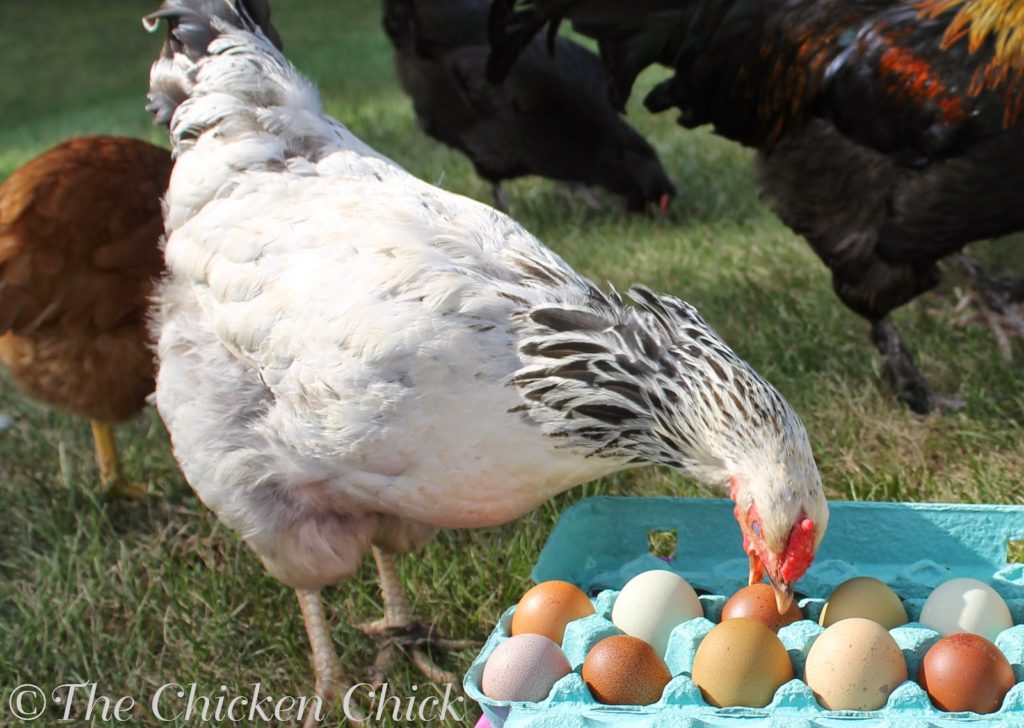
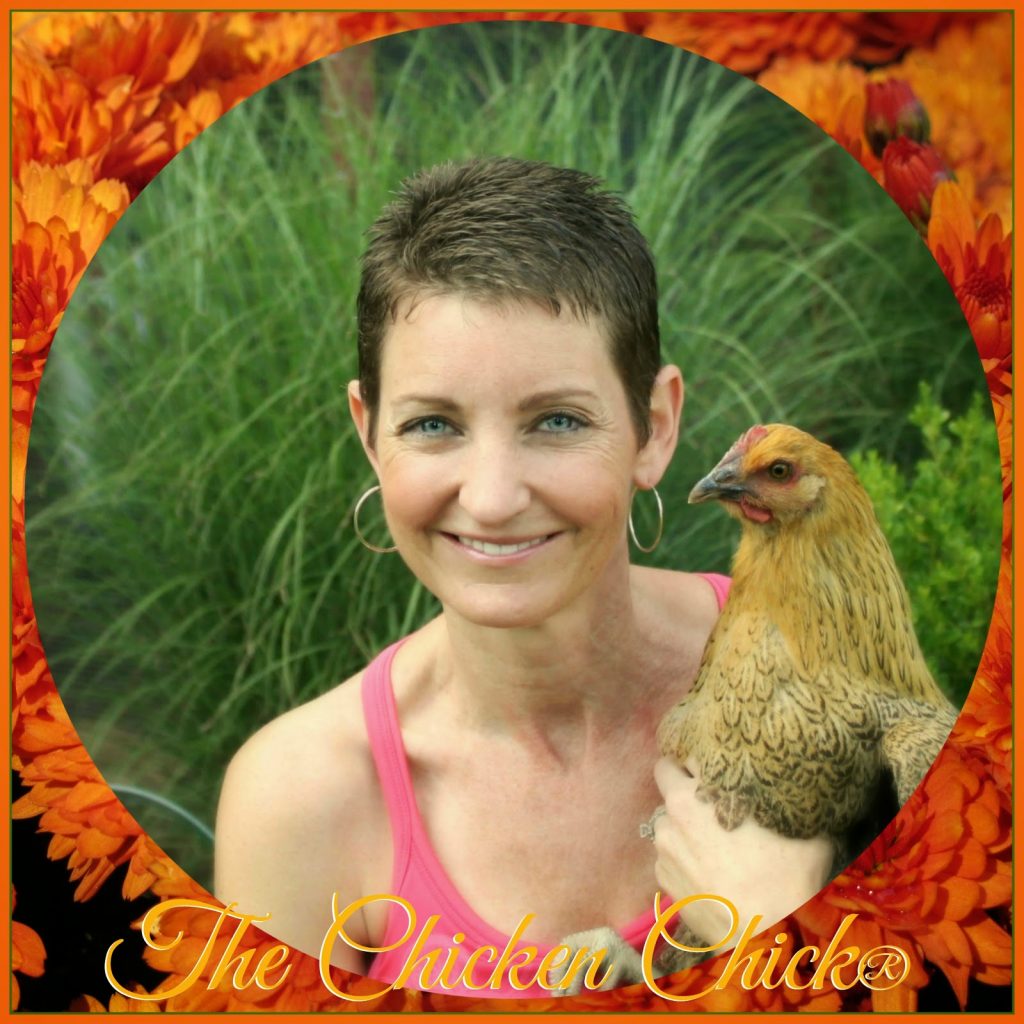

























Would love to try this product out.
Great informational article. I would love some of this PDZ for my coop. Thanks for entering me in the give-away.
I love the chance to win! Thanks for all you do.
Lots of great info! Love your blog!
Great information, great site. Thanks Kathy!